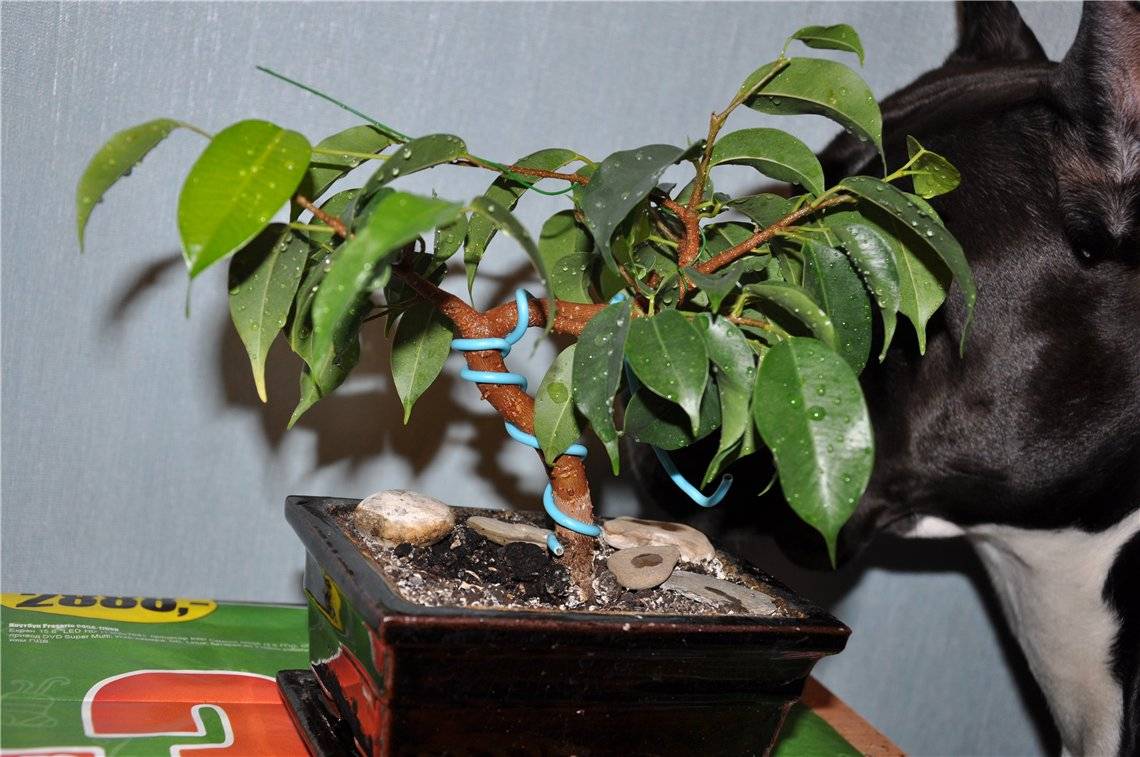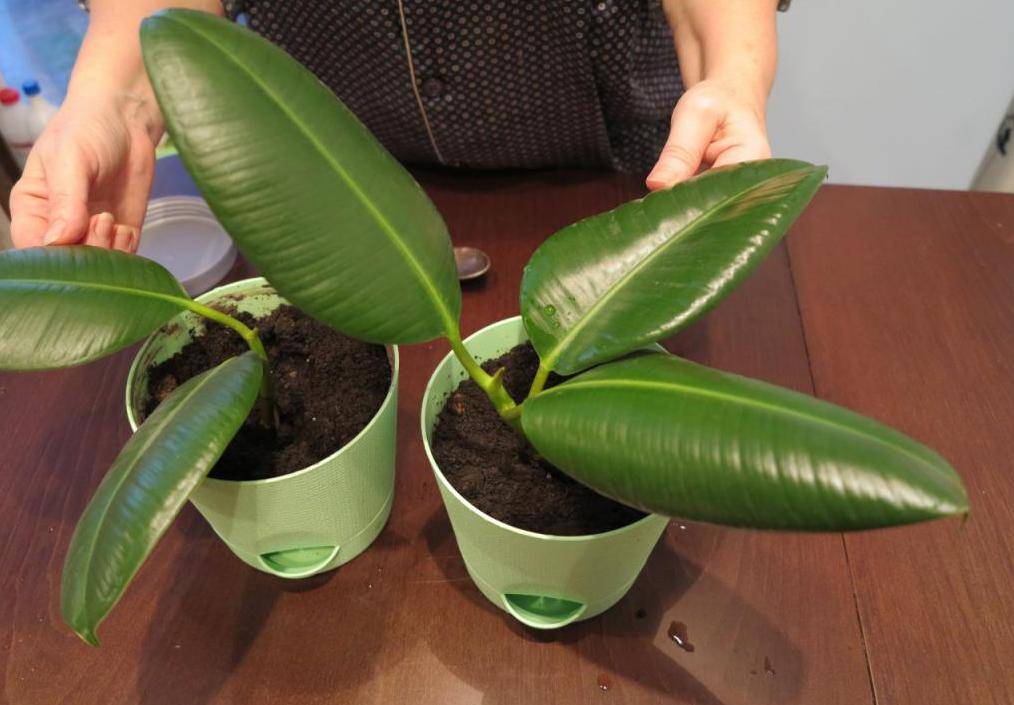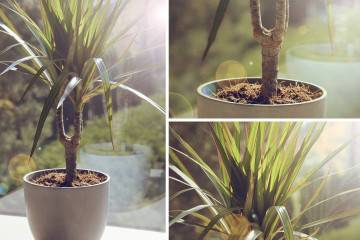How to transplant ficus at home to a new place
Content:
Ficus is a well-known evergreen flower. Even without a gorgeous flowering, the plant is popular with flower growers. Ficus transplant is performed especially often when it has not yet reached the age of five. In order to change the pot painlessly, you need to know the intricacies of the epic.
When a transplant is needed
Early spring is best suited for adapting a plant to new conditions, when the natural growth cycle is most pronounced. Winter is a less favorable time. It is difficult to answer unequivocally the question of when to transplant ficus, the florist must understand that the reasons can be planned and sudden.
A planned transplant usually occurs when the volume of the pot becomes insufficient. An unexpected transplant is needed under unfavorable conditions. Such situations include diseases, pests, changes in the root system, deterioration of the soil condition.
So, you need to perform a transplant when:
- signs of the disease are visible;
- the plant has grown, and the current pot is already not enough for him. A characteristic sign of this situation is when the roots crawl out to the surface;
- the soil has unfavorable properties and must be replaced.
How often to transplant ficus
Young plants have a special regime, due to the rapid growth stage, they need more frequent transplants. This procedure must be carried out every year, preferably in the spring.
In order not to risk the health of the plant once again, new soil is added to the pot with a layer of up to 3 cm, after removing part of the old soil. This method is recommended only for mature ficuses. Young specimens need new, more voluminous pots. In addition, this method of soil renewal cannot completely replace a full-fledged soil change.
How to choose a pot and soil
The first step is to choose the size of the container. A good new pot should be more than 3 cm in diameter and as much in height. This volume is enough for full growth until the next transplant.
Flower owners are wondering which material is the best to choose? Ficus is a thermophilic plant, so it is better to buy plastic pots. Plastic does not cool down in winter, unlike glass and ceramics. Therefore, if the flower is on the windowsill, it is better to give preference to a plastic pot.
The natural habitat of ficus is sandy soil. This means that the soil in the vessel should be loose with the addition of small stones and sand.
There are different types of flowers, each has its own needs for the composition of the soil.
- Benjamin's Ficus (small-leaved) grows well when there is an equal amount of leafy soil, humus and peat in a pot. For Benjamin, you need to do drainage, and pour sand on top;
- Ficus microcarp is the most unpretentious of the species. The soil should be neutral or slightly acidic.The base can be made from deciduous soil and sand;
- Ficus rubbery loves river sand. It will take half of the total volume, the remaining half should be filled with deciduous and sod land equally. It is best to lay stones, crushed bricks at the bottom, since the flowers need drainage.
Soil disinfection
So that the plant is not exposed to diseases, the soil is disinfected. This procedure is performed in three ways:
- warm up the soil in the oven at a temperature of 110 ° C;
- freeze in the freezer throughout the day;
- watered with a solution of potassium permanganate.
Preparing for transplant
Below is a step-by-step how to transplant a ficus yourself. In a new pot, stones, small brick debris or other material that will act as drainage are pre-laid. On top of the stone, you need to pour a third of the soil. After that, you can get the plant out of the old pot. On the eve, the flower is not watered, it is easier to pull the root system out of the vessel, the earth fits snugly to the root, does not fall off.
The pulled out ficus is placed in the center in a new pot and the soil is poured, starting from the edges. The poured soil is compacted a little so that the flower does not bent, the earth keeps its shape when watering. It is best to use settled water at room temperature.
Transplant methods
In addition to the usual transplant, the reproduction procedure can be performed. The easiest way is to plant a ficus shoot. In order for the transplant to be successfully completed, the lignified shoot must be separated from the ficus. The cut off appendix is placed in water for the emergence of roots. When they germinate, the young ficus can be transplanted into your own pot.
Another way to propagate ficus is by layering. The largest shoot is selected, an incision is made on it, and then wrapped in moss. After a while, the flower will begin to put out a root at the incision site. The grown sprout is cut off and planted. The last method is more complicated and time-consuming, but everyone decides for himself how to transplant the ficus.
Further care
In a new place, at first, the ficus is in a stressful state. Therefore, leaf fall and slight lethargy are quite possible. The first month should not be watered abundantly, the roots should fully get stronger. Moistening is performed by spraying the crown of the plant.
Transferring from the shipping pot after purchase
The owner of the ficus plant should not rush to transplant the plant. Changing the location negatively affects the flower. At first, he will adapt to new conditions. After three weeks, the ficus will return to normal, after which other manipulations can be carried out.
Typical transplant errors
Inexperienced growers often do wrong with their flowers. Typical mistakes are noted:
- ignored the laying of the drainage layer;
- the soil is incorrectly selected. Ficuses are divided into several types, each of which requires a special soil composition, acidity;
- planting is carried out during the time of the year when the flowers grow extremely poorly and tolerate the change of the pot and soil;
- some people choose a huge pot for a small flower to avoid frequent transplants. This threatens the death of the plant.
If you adhere to the basic rules, a ficus transplant will be easy. The flower itself is not very whimsical, it adapts well enough to new conditions. Proper care will avoid growth retardation, and ficuses are known to have great potential in size.




















